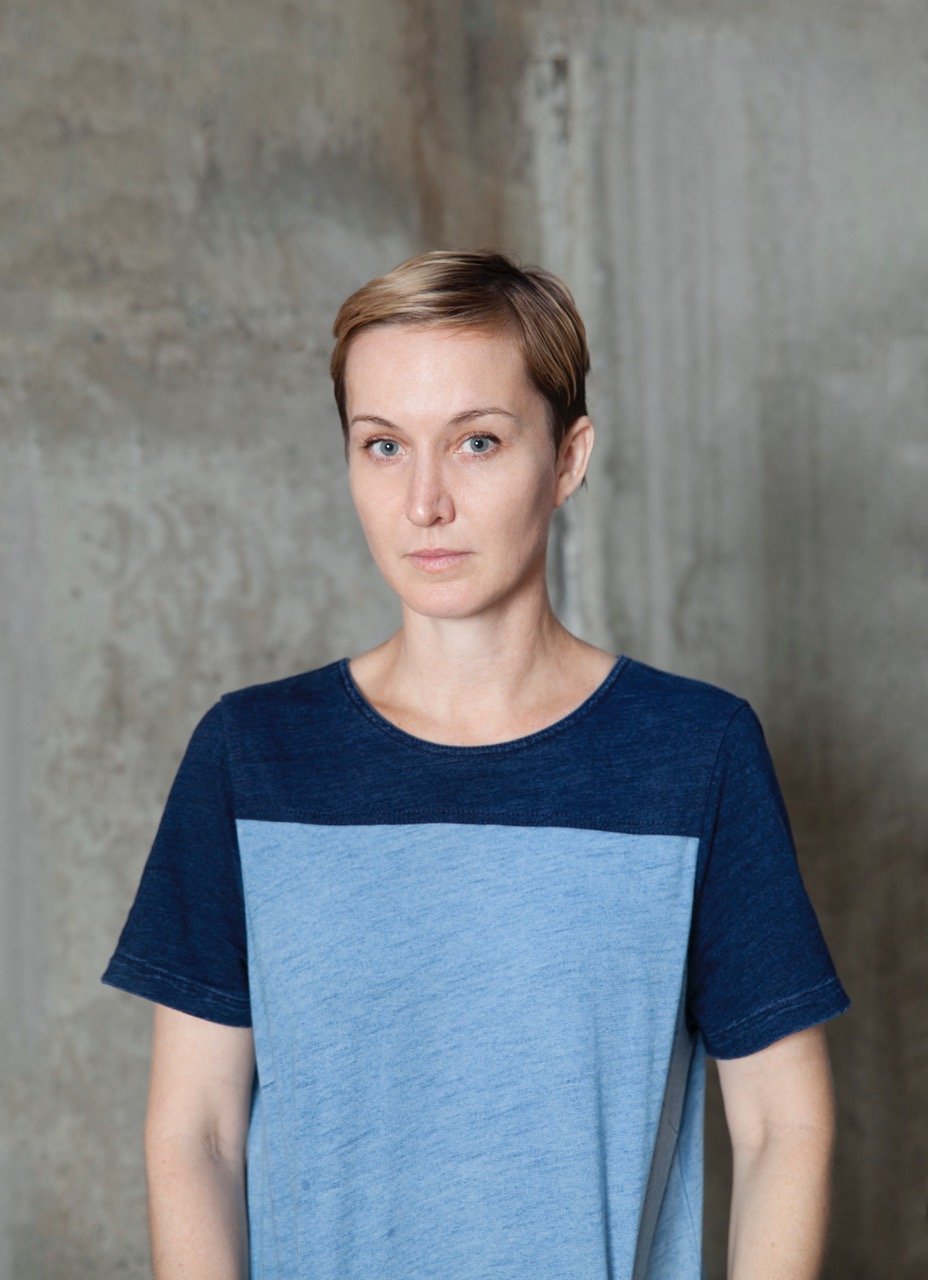
Kaari Upson, the California-born artist who used drawing, sculpture, and installation to mine her personal memories and the collective cultural psyche, has died. She was 51.
The news was confirmed by spokespersons for three of Upson’s galleries, MASSIMODECARLO, Sprüth Magers, and White Cube. The cause of death was metastatic breast cancer.
“Kaari was a force of nature and a beautiful human being,” said Jay Jopling, White Cube’s founder, in a statement. “Her work powerfully skewered the fallacies of the American dream.”
Monika Sprüth and Philomene Magers added that they “are heartbroken over the tragic loss.”
“Brilliant and fearless, she spent the last fifteen years producing works that draw viewers into worlds at once familiar and unfamiliar, often ominous and always deeply alluring,” the dealers said. “We will all miss Kaari deeply and extend our sympathies to her family, her devoted friends and colleagues, and to all those who have been inspired by her powerful, unforgettable work.”
Upson was born in 1970 in San Bernardino, a mid-sized, sun-baked suburb east of Los Angeles marred by a preponderance of fires, mudslides, and other environmental disasters that cast a long shadow over the artist’s work.
“I grew up in a constant state of something coming from the outside that you couldn’t control, and everything could be gone at any minute,” Upson told friend and actor Josh Lucas in a 2017 interview. “By the time I was seven, five houses on the street completely burned down. The guy on the one side of us died in a fire and their house never got rebuilt. It just stayed like that.”
The artist earned both her BFA and MFA from the California Institute of Arts in 2004 and 2007, respectively. While still a student, she ventured into an abandoned house across the street from her childhood home where she discovered a trove of personal materials mysteriously left behind by a man she never met.
Upson began incorporating those materials into her practice during grad school, beginning what would become her best-known body of work, The Larry Project (2005–12), a protracted, protean series of performances, sculptures, videos, and other artworks based on the imaginary life of the unknown man.
Kaari Upson, My Mom Drinks Pepsi II, (2015). Installation view at Sprüth Magers, Berlin ©Kaari Upson. Courtesy Sprüth Magers.
Larry was cast as a mildly wealthy, sex-loving libertine equally into new-age wellness and trips to the Playboy Mansion. Upson even created a life-sized doll of her subject which she subsequently used for roleplaying, alternately pretending to be Larry’s mother and lover. She simulated sex with the puppet, then decapitated it.
Upson’s later works used found items to spin Lynchian narratives blending the artist’s own history with fantasy, often critiquing capitalism and the promise of the American dream along the way.
In 2016, she debuted a series called “MMDP (My Mother Drinks Pepsi)“ (2014–17) at Sprüth Magers in Berlin. Inspired by her mother’s love of the titular soft drink, the series included sculptures made from fossilized cans and a series of videos that featured an unnamed woman (played by the artist herself) wandering the aisles of Costco.
Her final exhibition, which closed in late February of this year, was the debut show at her gallery MASSIMODECARLO’s new Paris project space. Clay Baby (With Table) (2019–2020) depicted three clay figures standing atop a table, leaning toward each other, and lifting their skirts to moon the viewer.
“Kaari’s work was indistinguishable from her personal life: forceful, kaleidoscopic, obsessive, wildly intense,” de Carlo told Artnet News. “Since our first show together in 2009, and in the many occasions we exhibited her work, I realized she needed the viewers—and us—to lower their defense and dig into their darkest nightmares, into the power of the unconscious, and finally accept the double as a relevant part of your self.”
“Kaari has left us hungry and thirsty and craving for more,” the dealer said.
Solo shows of Upson’s projects have been mounted at the Kunsthalle Basel (2019), the New Museum in New York (2017), and the Hammer Museum in Los Angeles (2007), among others. Her work was also included in the 58th Venice Biennale in 2019, the Triennale di Milano in 2018, and the Whitney Biennial in 2017.